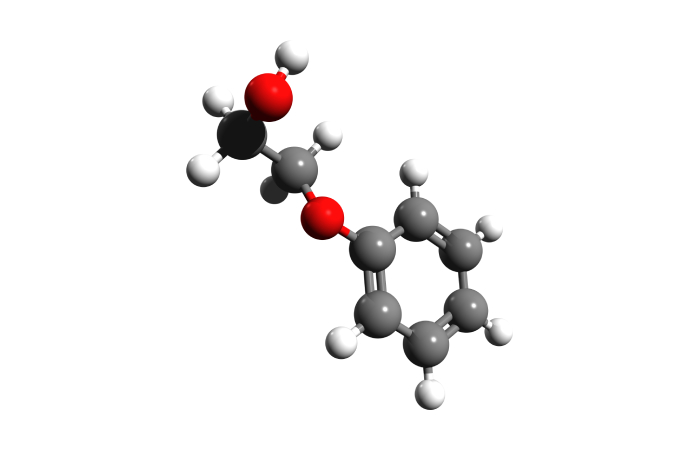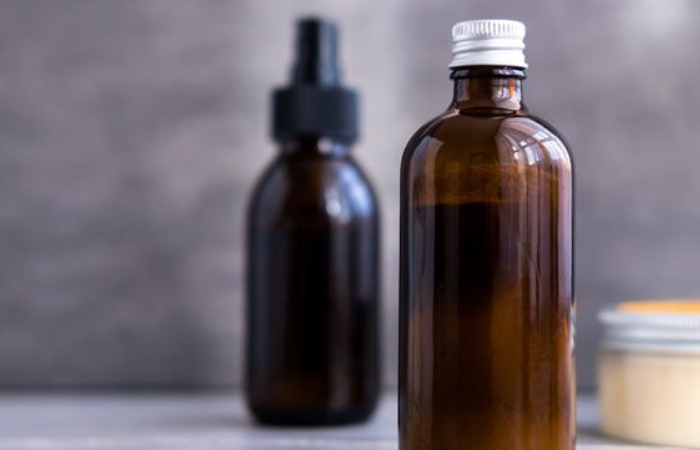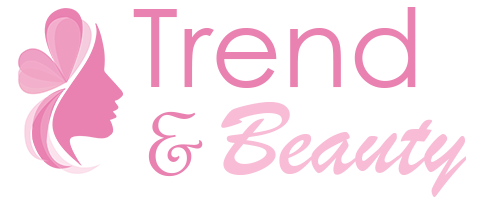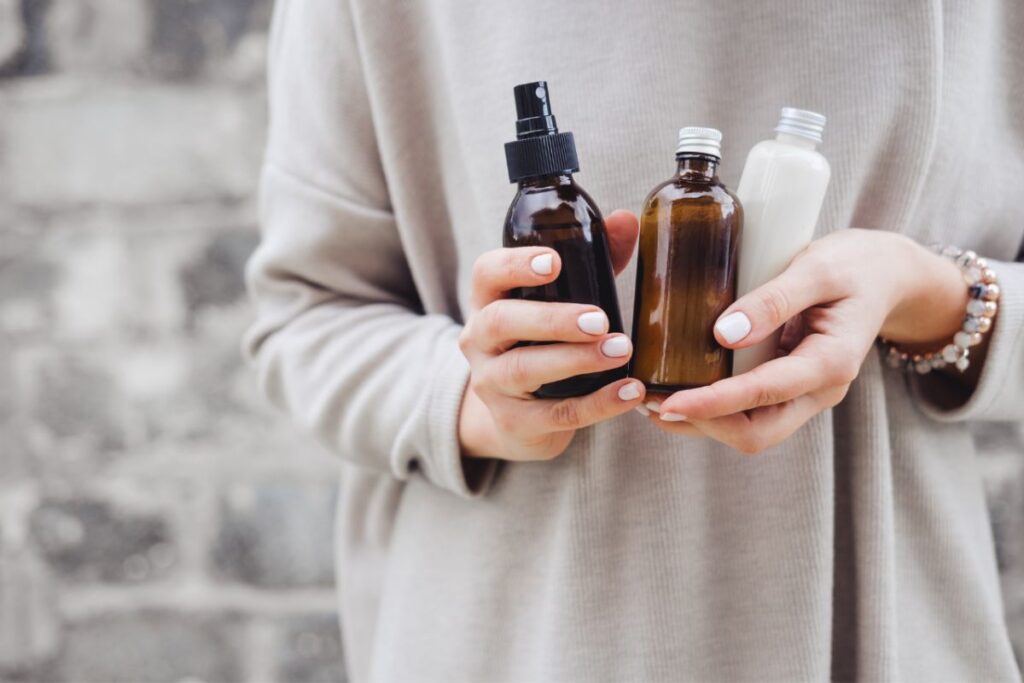Oh yes, phenoxyethanol. If you’ve been following me for any time, you’ve probably heard me mention this controversial ingredient frequently! I wanted to highlight it and go into more depth because this ingredient is used SO OFTEN, even among “cleaner” brands; in fact, it’s become difficult to avoid and frustrating for the conscious consumer!
This post will cover everything you need to know to make an informed decision on whether you want to continue using it in your daily life or not!
What is Phenoxyethanol?

Phenoxyethanol (ethylene glycol aminophenyl ether) is a preservative used in various products (cosmetics, skincare, hair care, body care, and cleaning products) to stabilize and prevent spoilage. It is an essential alcohol found naturally in green tea, but most of the phenoxyethanol used in products is synthesized in the laboratory. The reaction of ethylene oxide, phenol, and alkali creates it.
As more consumers opt for paraben-free options, brands have begun using phenoxyethanol as an alternative.
Why Should We Avoid Phenoxyethanol?
The problem with phenoxyethanol is that it is ethoxylated, meaning specific chemical reactions occur during its creation, and the final product can be contaminated* with cancer-causing carcinogens like ethylene oxide, benzene, and 1,4-dioxane.
You also won’t see these contaminants on the ingredient label because the FDA doesn’t require them to be listed since they are byproducts of manufacturing.
*Suppliers may test it to ensure it’s not contaminated, but I’ve never seen this done, and no brand told me about it when I asked.
Associated health effects:
- Damage to the nervous system in infants.
- Nettle and anaphylaxis
- Contact dermatitis and skin irritation.
- Eczema
- Rash
In 2008, the FDA warned consumers against Mommy’s Bliss brand of nipple cream because it contained phenoxyethanol. They stated, “It may depress the central nervous system and cause vomiting and diarrhea, which may lead to dehydration in infants.”
Is it Safe When Used at Less Than 1%?

Many brands defend their use of phenoxyethanol by stating, “We use less than 1% in the formula, so it’s safe.”
Here’s the thing: If you look at the total exposure to phenoxyethanol across the board and how many products contain it, you’re most likely getting a MUCH higher dose!
I think the whole “the dose makes the poison” ideology is outdated. A 2020 paper claimed that endocrine-disrupting chemicals affect the body in tiny doses and ways that traditional toxicology doesn’t predict.
We’re so inundated with toxins in our food, personal care products, water, air, etc., that it all adds up over time. Of course, something here and there won’t hurt you immediately. However, the goal is to reduce your exposure wherever you can and reduce your overall toxic load.
Are All Preservatives Bad?
No! I think a lot of people have a knee-jerk reaction to “preservatives” and automatically assume they’re no good. I felt that, too!
However, we DO need preservatives in water-based products to prevent bacteria and mould growth. For example, no one wants to open a mascara tube and discover fuzzy spores or an unpleasant smell. It’s important to note that not all preservatives are created equal – there are safer alternatives!
Here are some preservatives you should watch out for:
- Citric acid
- Ethylhexylglycerin
- Potassium sorbate
- Radish root enzyme filtrate
- Sodium benzoate*
- Sorbic acid
- Xylityl chocolate
I’m not an expert on cosmetic formulas, but you’ll probably see a combination of these ingredients on the label because some aren’t strong enough on their own. Any responsible brand thoroughly tests its products to ensure their stability before releasing them. Beware brands that don’t use any preservative system in their water-based formulas!
Other types of preservatives to avoid:
- Benzisothiazolinone (BIT)
- Benzyl benzoate
- Benzyl salicylate
- Chlorphenesin
- Diazolidinyl urea
- DMDM hydantoin
- Methylchloroisothiazolinone (CMIT)
- Methylisothiazolinone (MIT)
- Parabens (methylparaben, propylparaben, butylparaben, etc.)
- Quaternium “quats” (usually followed by a number, e.g., 15)
- Triclosan
Summary & Final Thoughts About Phenoxyethanol
After all, phenoxyethanol is not the worst preservative, especially compared to parabens, which have several harmful effects on health. I still try to avoid it in my products because, luckily, many brands don’t use it at all.
It’s essential to check for baby products, whether you’re pregnant/nursing or have sensitive skin.
I wish more brands would use it. This is becoming very common among eco-friendly and non-toxic brands, which is incredibly annoying because their ingredients are usually 99% good, and then, bam! You see phenoxyethanol.
I’m noticing a general trend: brands are getting increasingly popular and will likely have to cut production costs. Phenoxyethanol is one of the most well-known options and is generally cheaper than other preservatives. So when brands have to start producing mass quantities of products, they will most likely switch to phenoxyethanol.
I’ve seen this over and over again! Brands like Cocokind, Osea, Kosas, and Ilia have never used it in their formulas before, but now it’s been popping up in some of them as they grow. Also, retailers like Credo and The Detox Market didn’t allow it before, but now they do.
(To play devil’s advocate, I’ve heard from some smaller brands that they can’t always afford to research other preservatives. Developing custom products is expensive, so I understand why they use phenoxyethanol.)
Call to Action: Let’s demand cleaner, safer ingredients!
If you’re ready to get involved, I encourage you to contact brands and voice your concerns. There were a few instances where a brand I loved started using phenoxyethanol, so I asked them to consider removing it. Your vote matters, and so does voting with your dollar!
And if you’re a brand owner reading this, I encourage you to dig deeper and look for other ways to preserve your products.


